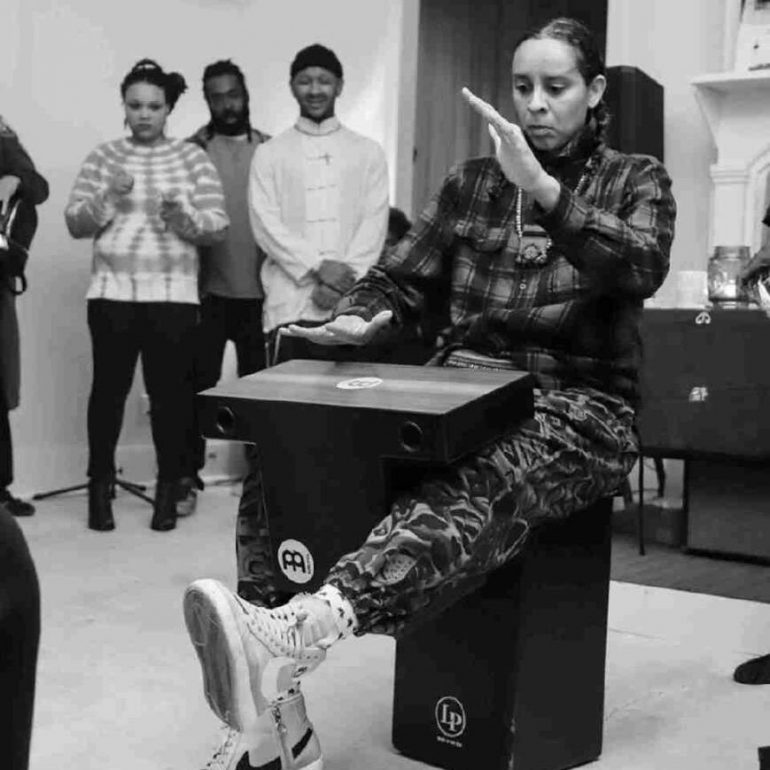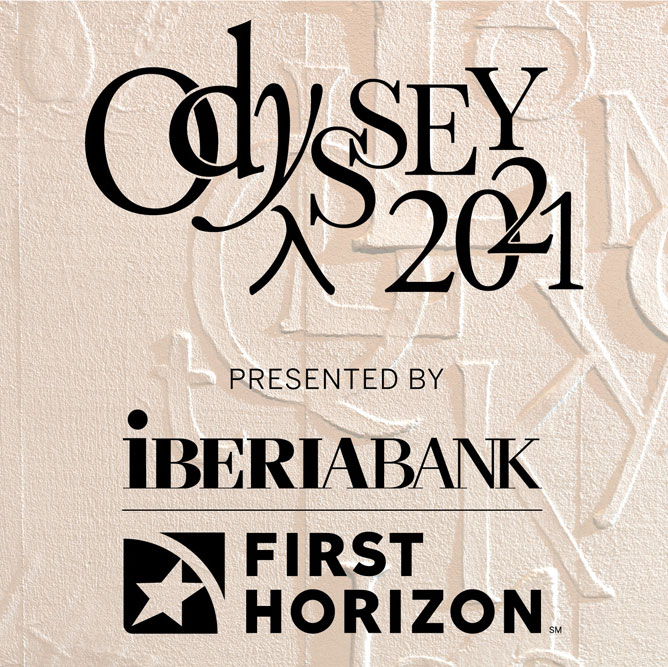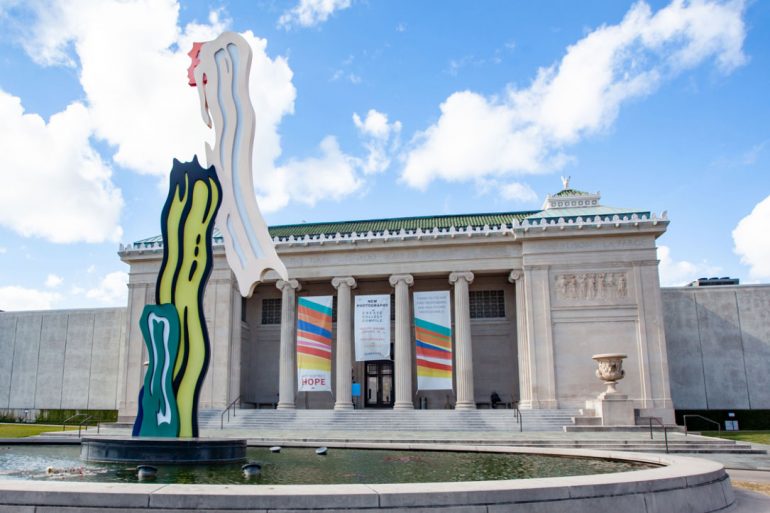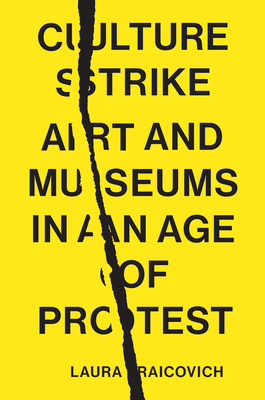Q&A: Singer-Songwriter Kelly Love Jones
Singer-songwriter Kelly Love Jones brings a star-studded cast to NOMA’s Lapis Center for the Arts on Thursday, November 18, for an evening of music, visual art, dance, and theater. Presented in collaboration with PowerHouse Productions, TRUST invites us to let our guard down and believe in our own power. In advance of the performance, Jones sat down with Gabrielle Wyrick, NOMA’s Deputy Director of Learning and Engagement, to give a sneek peek behind the stage of the brand new work. Read More
Q&A: Brittany N. Williams and A. J. Allegra of The NOLA Project
The NOLA Project is back in residence at NOMA with Tell It To Me Sweet, their first in person production since winter 2020. The company commissioned Brittany N. Williams to write a “trail of tales” inspired by folk and fairy tales and set outdoors in the Sydney and Walda Besthoff Sculpture Garden. Beginning in January, Brittany will take on a new position within the company, becoming a Co-Artistic Director with company founder and longtime Artistic Director A.J. Allegra. NOMA Curator of Education Tracy Kennan chatted with Brittany and A.J. about the merits of performing in public spaces and the importance of telling stories. Read More
NOMA Celebrates the Return of Odyssey 2021 Presented by IBERIABANK | First Horizon
On Friday, November 12, 2021, the New Orleans Museum of Art (NOMA) celebrates Odyssey 2021 Presented by IBERIABANK | First Horizon. Read More
NOMA Awarded Major Grants from IMLS and NEH
The New Orleans Museum of Art (NOMA) has been awarded grants from the Institute of Museum and Library Services (IMLS) and the National Endowment for Humanities (NEH) to support museum operations and new roles at the institution. Read More
Suggested Reading List for All Ages | October 2021
NOMA’s Learning and Engagement team is excited to present monthly suggested reading lists for all ages, in partnership with Octavia Books. Direct links for ordering books are found in the listings below. This month’s selection focuses on museums and their role in society. Read More
NOMA Announces Free Admission for Louisiana Educators Through 2021
As an expression of support and appreciation, the New Orleans Museum of Art (NOMA) announces free museum admission to Louisiana educators through December 31, 2021. Read More




